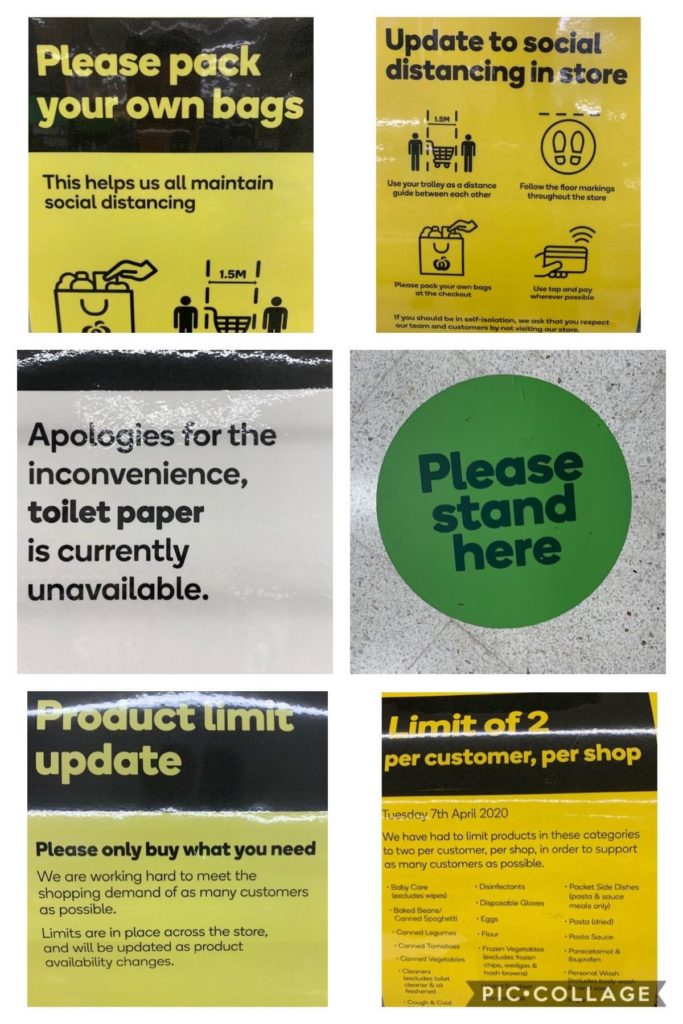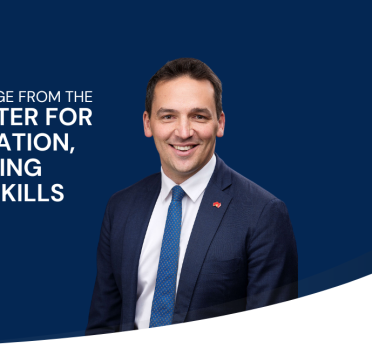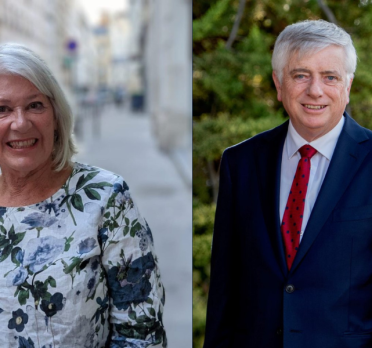On Contemporary Collecting
The History Trust of South Australia cares for literally thousands of historically significant objects, from trams to trinkets, printing presses to pin cushions, ketches to crockery. Nothing is too big or too small for our collections if it contributes to our mission to encourage current and future generations of South Australians to discover our state’s history in all its richness and diversity. We believe that understanding and appreciating our connection with those who came before us, and the things they did and thought, is critical to who we are today and who we will become in the future. Understanding our present, the histories that are in-the-making, is no less important. Because of this the History Trust of South Australia collects contemporary as well as historic objects, images, and stories
Contemporary collecting may not be something most people associate with history museums; in fact, it may even seem like an oxymoron. But what is the present for us will be the past for our children, and their children, and if they are to explore what it was like to live in 2020 we must collect and conserve this moment for them. Unlike much past collecting which tended to focus on the lives and stories of the rich and powerful, and in doing so presented a very one-sided view of history, contemporary collecting in underpinned by a commitment to diversity, inclusion, and engagement. What this means in practice is that museums like our own are keen to collaborate with communities to ensure that their stories are told and that the objects that illustrate them are collected. Collecting in partnerships with individuals and communities ensures that the process is creative and dynamic and the outcome is far richer, more diverse, and potentially more representative, than it could possibly have been if it were undertaken by a small number of museum professionals.
Without contemporary collecting, many stories — in particular those of more marginalised groups — will be lost. This not only impacts future generations, it also adversely affects current visitors who do not find themselves represented in museums and who, as a result, may feel unrecognised, not valued, stigmatised. People also visit museums in order to find out more about other people and cultures and so the more inclusive our collections, the better equipped our museums are to delight, extend, challenge and inspire visitors
Let's make #InclusiveMuseums the new normal!#MuseumFromHome https://t.co/KrfX7Jg0dP
— Museums Association (@MuseumsAssoc) April 30, 2020
Museums, it has been said, change lives, and one of the ways they do this is by providing spaces and opportunities for discussion and debate, reflection and sharing, learning and growth. These things occur most readily when the content museums present resonates with audiences, when it speaks to them ‘where they are at’. Giving the past a future, then, means connecting it to the present, to the things that contemporary visitors care about, understand, and do. Similarly, contemporary events, ideas and practices become more significant when connected to the histories that made them possible. Contemporary objects play an important role in these forms of engagement and the diverse possibilities to which they give rise. Imagine for a moment the kinds of discussions that might take place right now around the COVIDSafe app: what past events and technologies it may be associated with, what futures might be imagined, and what idea(l)s about the social good might be expressed and argued over. How might this app, and the discussions and debates it engenders, be viewed in the future, and to what ends?
You can't say I didn't warn you sheeple. #covidsafe https://t.co/DIv1aKzhOF
The Australian Signals Directorate will then get access to the data from the yanks via our 'five eyes' agreement.
— Glen Schaefer (@hardenuppete) April 27, 2020
Another, more practical, benefit of contemporary collecting is that collecting something soon after it is produced means that it’s more likely to be in good condition when it reaches the museum than it would if it were collected a few decades later. This is particularly the case with objects such as flyers, stickers, placards, digital images and so on, that are not made to last and which people often don’t think are worth keeping since they have little or no monetary value. In terms of the crisis in which we find currently ourselves it is easy to imagine that many of the things that have become part of daily life — signage outside shops and at beaches and parks, face masks, disposable gloves, and toilet rolls and hand sanitizer that have taken on a new significance — may well not be widely regarded as collectable. And yet, they (can) say so much about a time that is undoubtedly historically significant, and will not ever come again, as least not as it has for many of us, like a bolt from the blue.</p?

But it is not only objects that can help us, and future generations, to understand this moment we are living through. COVID-19 has brought with it a plethora of new terms and neologisms — ‘social distancing’, ‘new normal’, ‘self-isolating’, ‘super spreader’, hand hygiene, PPE (personal protective equipment), WFH (working from home), lockdown, isolatte, covidiot, ‘flattening the curve’, ‘drive-thru testing’ — that have very quickly become part of our everyday language. New forms of interaction have sprung up too — zoom meetings, webinars, Tik Tok lip synching and synchronised dance moves in lounge rooms across the globe, drive-in festivals, live happy hours, and remote learning — and like language, these things map the dynamic nature of society and its evolutions. So too does the shift from hand shaking to elbow bumping and the variety of other changed and changing gestures we make when we encounter others either in person (at a distance of course!) or online; the donning of ‘business wear’ on the top and pjs on the bottom; the newly fashionable ‘regrowth’. Strange as it may seem to some, documenting and collecting these more intangible aspects of everyday life and culture is also part of what museums interested in contemporary collecting are busy doing.
Dr Nikki Sullivan, Manager Centre of Democracy, History Trust of South Australia.
8 May 2020
Sign up to hear, watch and learn more about the History Trust, its collections, museums and programs at https://www.history.sa.gov.au/


 Show all
Show all Read this post
Read this post
